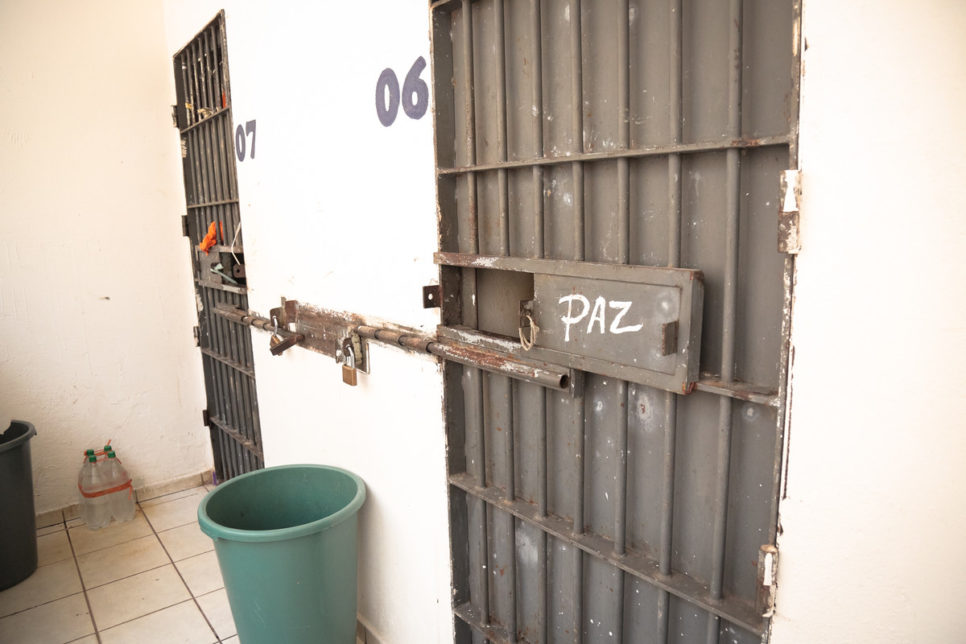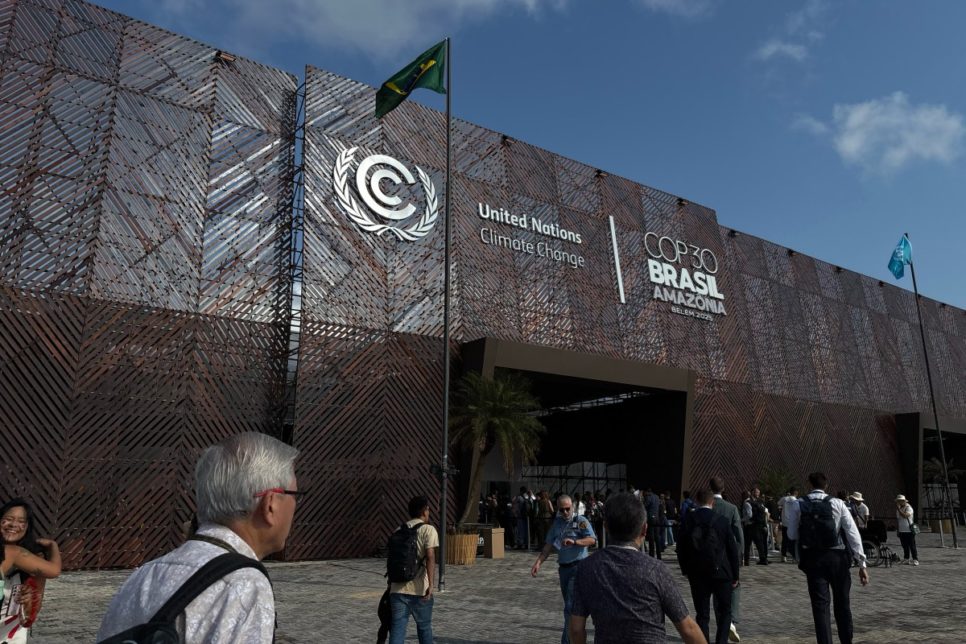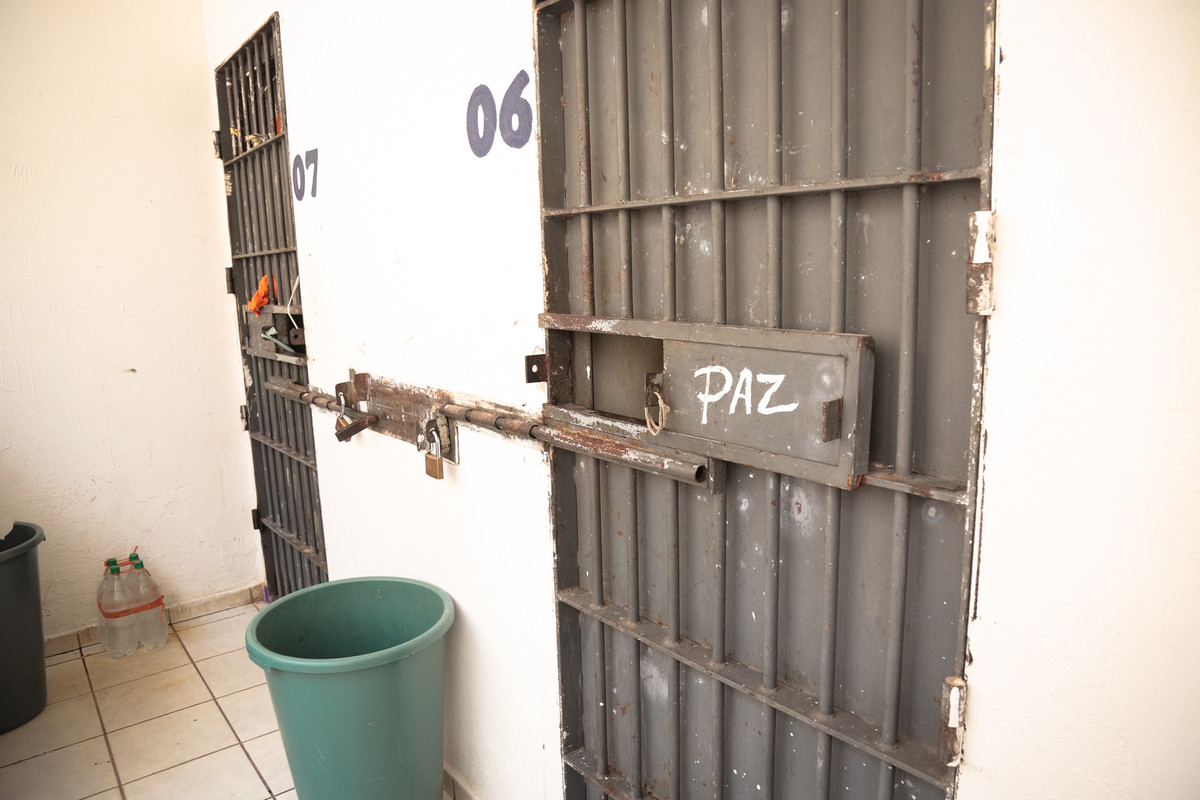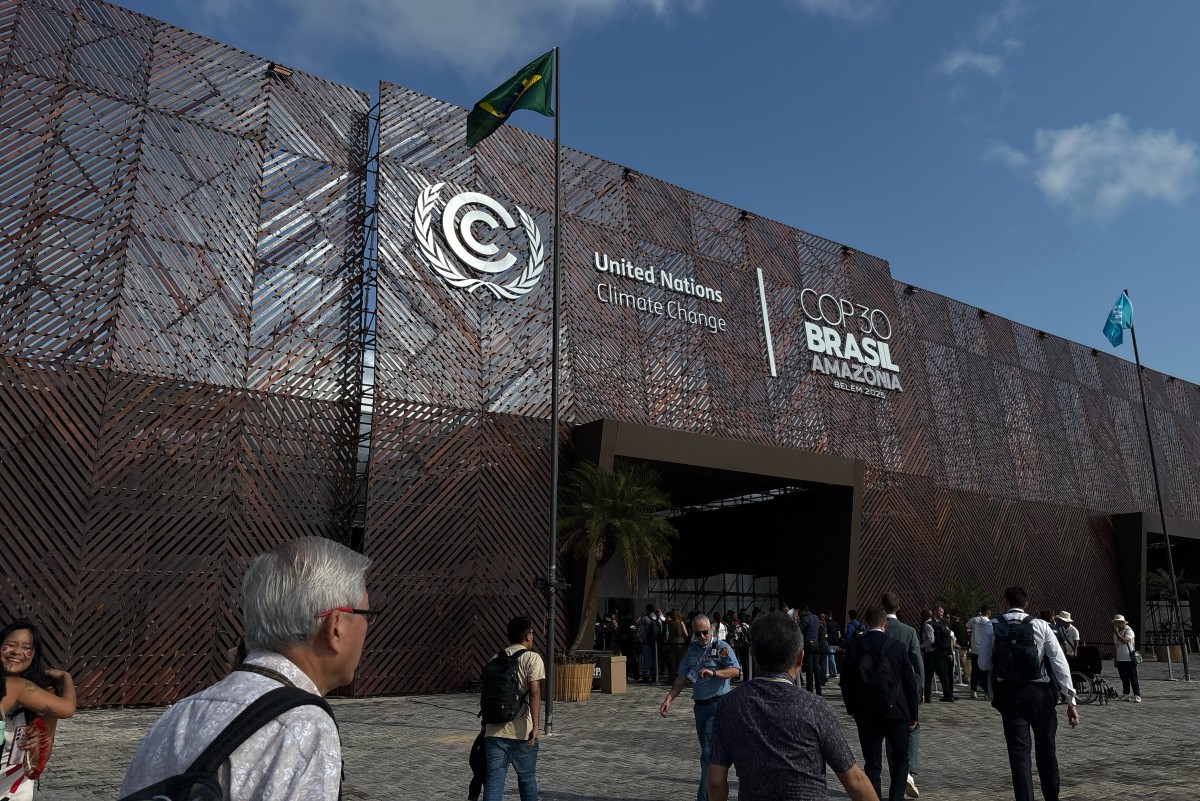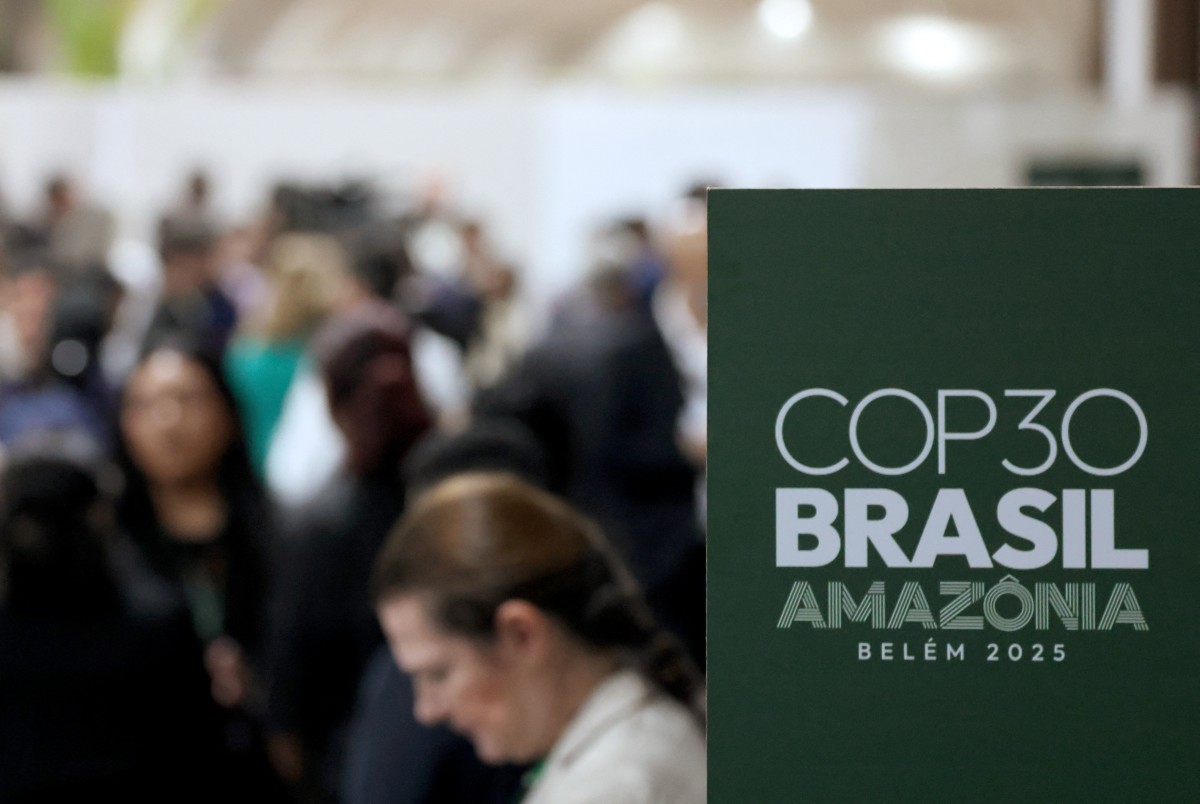How to protect recently-contacted and isolated indigenous peoples
On International Day of the World’s Indigenous Peoples, celebrated on August 9, learn about the legislation that protects recently-contacted and isolated groups and the threats they face
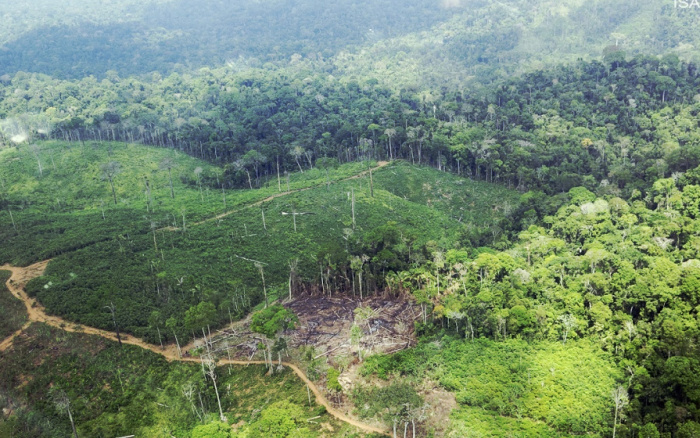 Área desmatada na Terra Indígena Cachoeira Seca, onde vivem os Arara (Foto: Juan Doblas-ISA)
Área desmatada na Terra Indígena Cachoeira Seca, onde vivem os Arara (Foto: Juan Doblas-ISA)
Guaranteeing the protection of indigenous peoples is a constitutional duty of the Brazilian State. Universalist policies, however, are insufficient given the diversity of native peoples. Among the groups that merit specific actions to have their rights protected and their ways of life safeguarded are recently-contacted and isolated indigenous peoples.
Although there are different definitions of these terms, the National Indian Foundation (Funai) officially states that recently-contacted indigenous peoples are peoples or groups that maintain permanent and/or intermittent contact with segments of the national society and that, irrespective of the amount of contact, present singularities in their relationship with the national society and selectivity (autonomy) in the incorporation of goods and services. They are, therefore, groups that maintain their own strong forms of social organization and collective dynamics, and that define their relationship with the State and the national society with a high degree of autonomy.
The term isolated indigenous peoples is used to refer to groups or peoples with no permanent relationship with the national society. Neither do they have meaningful relationships with other indigenous or non-indigenous groups. According to Funai’s official data, there are 114 isolated groups in Brazil, the vast majority in the Amazon.
Read more
Change of treatment
The way these groups are treated has progressed in recent decades, thanks to the struggle of indigenous peoples, indigenists and allied organizations. The Indian Statute of 1973 adopted an approach that required the integration of indigenous peoples into Western society, which it called national society. It was understood that forced contact was necessary for the protection of indigenous peoples. The idea was scrapped in 1987 when the policy was introduced to respect the ways of life of these peoples. This policy was expanded in 2009 with a restructuring of Funai that was supported by the Brazilian Constitution, which in article 231 guarantees the right of indigenous peoples to maintain their social organizations, customs and cultures. In other words, Brazil set up a relatively efficient structure to protect these indigenous groups, establishing social, economic and health approaches to respect the lives of these people.
Ratified by Brazil in 2003, ILO Convention 169 fully recognizes the rights of native and traditional peoples to land and natural resources. As such, it is also an instrument for the defense of recently-contacted and isolated indigenous peoples, since the international treaty recognizes the right to land and natural resources.
Read more:
- Txai Suruí: indigenous peoples are on the front line against deforestation
- NGOs denounce risks of draft bill to allow mining on indigenous lands to UN
According to the indigenist Antenor Vaz, one of the key issues when talking about these groups is the right to self-determination. It is from the recognition of this right that native peoples will have their territories and their cultures and customs respected. He also stressed that the protection of these peoples must be complete. “These peoples have an immunological memory for tropical diseases, but not for others, such as the flu.” As such, public policy needs to consider socio-immunological vulnerability to ensure protection. Vaz was one of the participants in the self-organized activity on the cases of the Uru-Eu-Wau-Wau Indigenous Lands and the Arara-Kowit people of the Cachoeira Seca Indigenous Land, held during the 10th FOSPA (Pan-Amazonian Social Forum) in the Pará state capital of Belém. The event was organized by Conectas, the KOWIT Association, the Jupaú Association, PIACI WG (International Working Group on Indigenous Peoples Living in Voluntary Isolation and Initial Contact), the Maíra Institute and Kanindé (Association for Ethno-Environmental Protection).
The Cachoeira Seca Indigenous Land is home to the recently-contacted Arara indigenous people, who over the years have been impacted by large-scale projects such as the Trans-Amazonian highway and the Belo Monte hydroelectric dam. In recent years, deforestation for illegal logging has been one of the main threats to these people. In the state of Rondônia, the Uru Eu Wau Wau Indigenous Land is inhabited by the Uru Eu Wau Wau, Amondawa, Oro Win and Juma peoples in voluntary isolation. The arrival of intruders into the area to explore for wood and land also threatens these peoples.
Public policy under threat
According to indigenist and indigenous organizations, public policies for the full protection of recently-contacted indigenous peoples have been dismantled by the federal government in recent years. In the opinion of Júlia Mello Neiva, coordinator of the Defense of Socioenvironmental Rights program at Conectas, many economic interests in the exploration of indigenous territories are present in the current government. “There are many cases of systematic violations of the human rights of indigenous peoples – including recently-contacted and isolated groups – by companies and agents that engage in illegal economic activities, and they have intensified in recent years.”
Warning by Bruno Pereira
One example of this is presented by the report by the organization Repórter Brasil that demonstrated, in June 2022, how the Office of Funai for the General Coordination of Isolated and Recently-Contacted Indians ignored field evidence about the possible existence of an uncontacted tribe in the Ituna-Itatá indigenous land, in southern Pará, putting the protection of the territory at risk. In this case, Funai could have guaranteed the protection of the isolated tribe through the application of a Restriction of Use mechanism, which protects a territory against economic activities that could result in contact with non-indigenous people.
The indigenist Bruno Pereira, who was killed in June 2022, told the Folha de S.Paulo newspaper before his death that the territories containing isolated tribes are the target of “monstrous land and mining interests. These are quite large territories worth millions upon millions of reals.” The interview was published on June 18, shortly after his death. The last position held by Pereira at Funai was precisely in the division that handles isolated indigenous peoples.
Before that, in 2021, the Coordination of Indigenous Organizations of the Brazilian Amazon (COIAB) released a statement warning of the fact that “isolated or recently-contacted peoples were known to be present in 2020 in the five most deforested indigenous lands (Munduruku, Apyterewa, Ituna-Itatá, Trincheira Bacajá and Cachoeira Seca) and in 2021 there were also high levels of deforestation in the Piripkura and Uru Eu Wau Wau indigenous lands, where isolated groups also live”.
The statement goes on to say that “in the face of the gradual weakening of Funai’s indigenous policy and the strengthening of the government agenda against our rights, we are increasingly improving our independent initiatives and our strategies for the protection of our territories and for the well-being of isolated indigenous peoples”.
